Ever since I learned that you can eat nettles, I’ve been intrigued by their culinary potential. Here is a plant that grows plentiful wherever you go, but still rarely ends up on our plates. But as with many things that are easily accessible, we tend to hold off until a more convenient time… and so the seasons pass by.
Often, our first approach to nettles is to dry them out and steep them for a cup of tea, or to use them instead of spinach as a filling for ravioli. But their rich green colour, as so often a sign of the healthy vitamins and polyphenols that lie within, and their mildly herbal flavour make them the perfect candidate for a quick sauce. Instead of rice, I’m using British-grown spelt, which, cooked in the same way, beautifully releases its starches and achieves an intense creaminess by itself.
About foraging for nettles – you can pick them all throughout spring, but they are best early in the season when the leaves are young and tender. Once the plant begins to flower and attract pollinators, its nutrient set up changes and it produces cystoliths, which in larger quantities can be harmful to human health. So make sure to avoid any flowering nettles.
serves 4
Ingredients
-
2 cloves of garlic
-
1 onion
-
2 stalks of celery
-
2-3 tbsp rapeseed oil
-
400g pearled spelt
-
150 ml British white wine
-
1l vegetable stock
-
300g nettles (or use any green leaves such as spinach, cavolo nero or chard – stalks removed)
-
30g marrowfat pea miso or miso of your choice (I used Kultured)
-
1 tbsp apple cider vinegar
-
50g wholemeal sourdough bread
Method
Bring a large pan of water to a boil for the nettles.
In the meantime, peel and roughly chop the garlic and onion, trim and roughly chop the celery stalks. Add them to the small bowl of a food processor and chop until fine.
In a frying pan, heat the rapeseed oil and sweat the garlic, onion and celery with 1 tsp of salt for 10 minutes or until translucent and soft. Stir in the pearled spelt and continue to fry for 1 minute. Pour in the wine and let it reduce almost entirely, then add two ladles of the stock. Continue cooking it until the spelt has absorbed most of the stock. Add another ladle and continue this way until you’ve used all of the stock (but make sure to save 50 ml of the stock for the sauce) and the spelt is just tender. You can always continue with hot water if the spelt has not cooked enough.
While the spelt is cooking, wash the nettles and pick the leaves (wear gloves to do this). Generously season the boiling water (like you would for pasta) and blanch the nettles for 4 minutes. Drain them into the jug of a blender and add the miso, apple cider vinegar, sourdough bread, 1/3 tsp salt and the reserved 50 ml of the stock. Blend into a smooth sauce (you can always add a bit more stock or water if it doesn’t blend well).
When the spelt is done, turn off the heat and mix in the nettle sauce. Serve immediately.
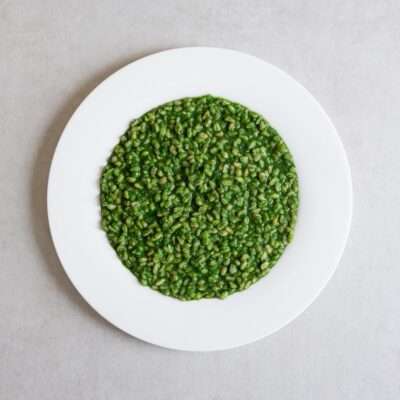
Nettle Risotto
Ingredients
- 2 garlic cloves
- 1 onion
- 2 stalks of celery
- 2-3 tbsp rapeseed oil
- 400 g pearled spelt
- 150 ml British white wine
- 1 l vegetable stock
- 300 g nettles (or use any green leaves such as spinach, cavolo nero or chard - stalks removed)
- 30 g marrowfat pea miso or miso of your choice (I used Kultured)
- 1 tbsp apple cider vinegar
- 50 g wholemeal sourdough bread
Instructions
- Bring a large pan of water to a boil for the nettles.
- In the meantime, peel and roughly chop the garlic and onion, trim and roughly chop the celery stalks. Add them to the small bowl of a food processor and chop until fine.
- In a frying pan, heat the rapeseed oil and sweat the garlic, onion and celery with 1 tsp of salt for 10 minutes or until translucent and soft. Stir in the pearled spelt and continue to fry for 1 minute. Pour in the wine and let it reduce almost entirely, then add two ladles of the stock. Continue cooking it until the spelt has absorbed most of the stock. Add another ladle and continue this way until you’ve used all of the stock (but make sure to save 50 ml of the stock for the sauce) and the spelt is just tender. You can always continue with hot water if the spelt has not cooked enough.
- While the spelt is cooking, wash the nettles and pick the leaves (wear gloves to do this). Generously season the boiling water (like you would for pasta) and blanch the nettles for 4 minutes. Drain them into the jug of a blender and add the miso, apple cider vinegar, sourdough bread, 1/3 tsp salt and the reserved 50 ml of the stock. Blend into a smooth sauce (you can always add a bit more stock or water if it doesn’t blend well).
- When the spelt is done, turn off the heat and mix in the nettle sauce. Serve immediately.
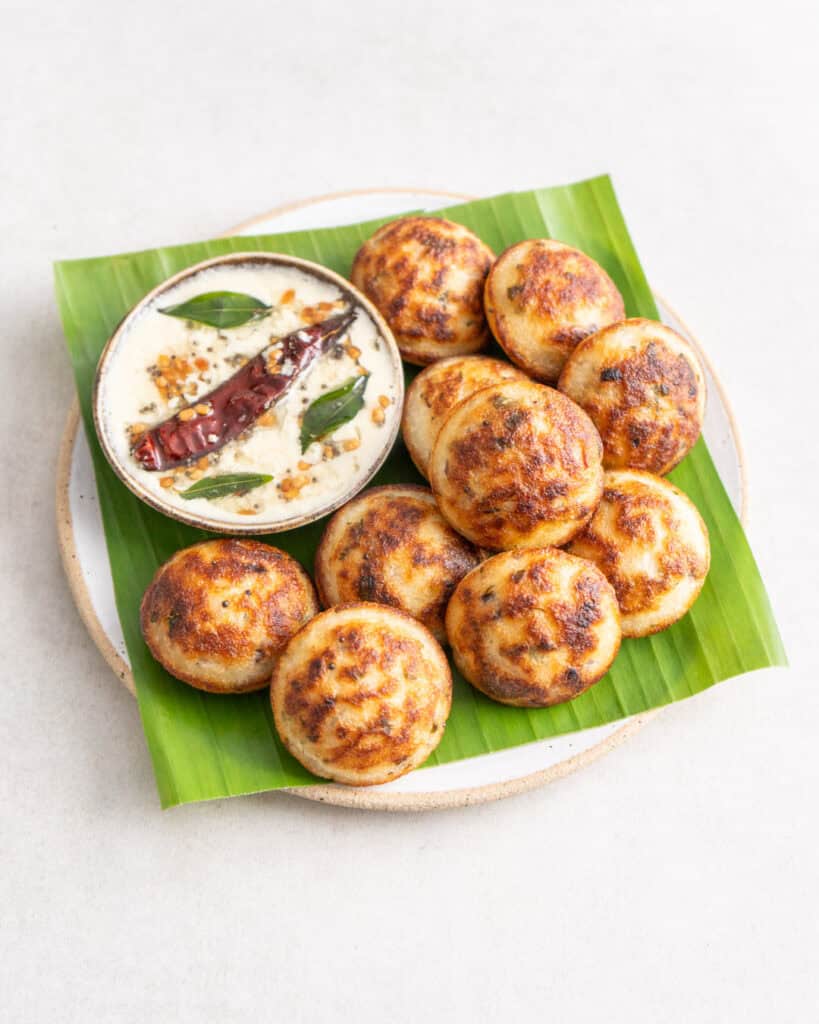


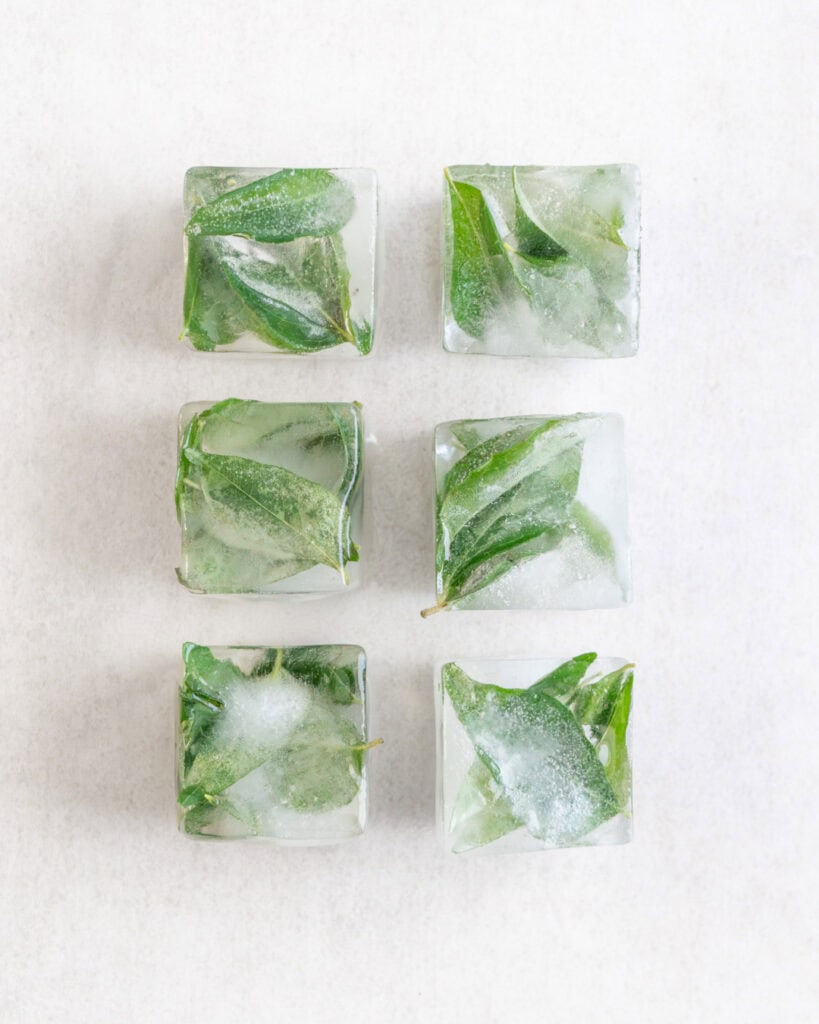
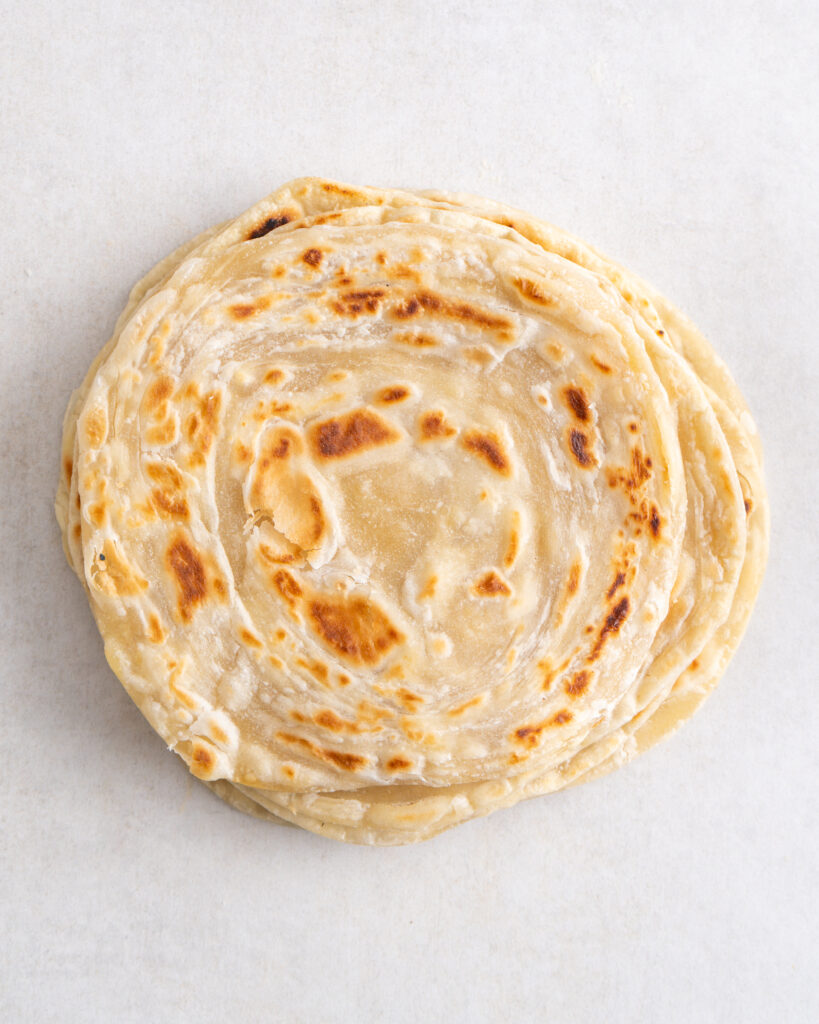
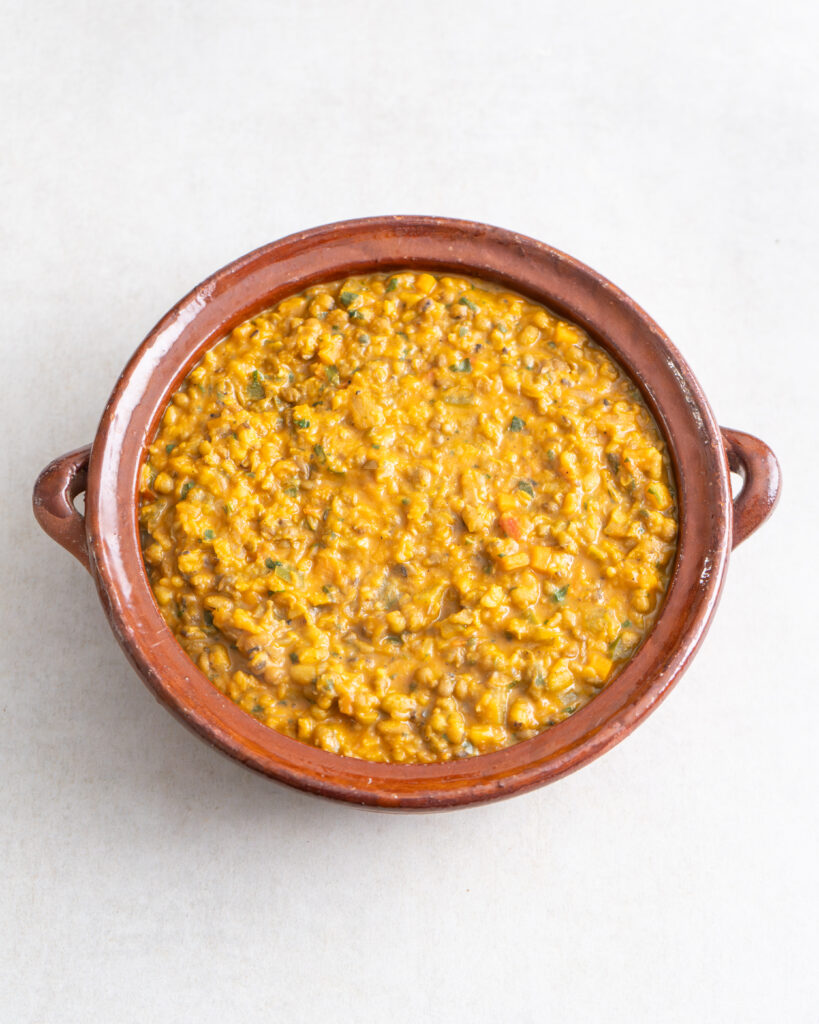
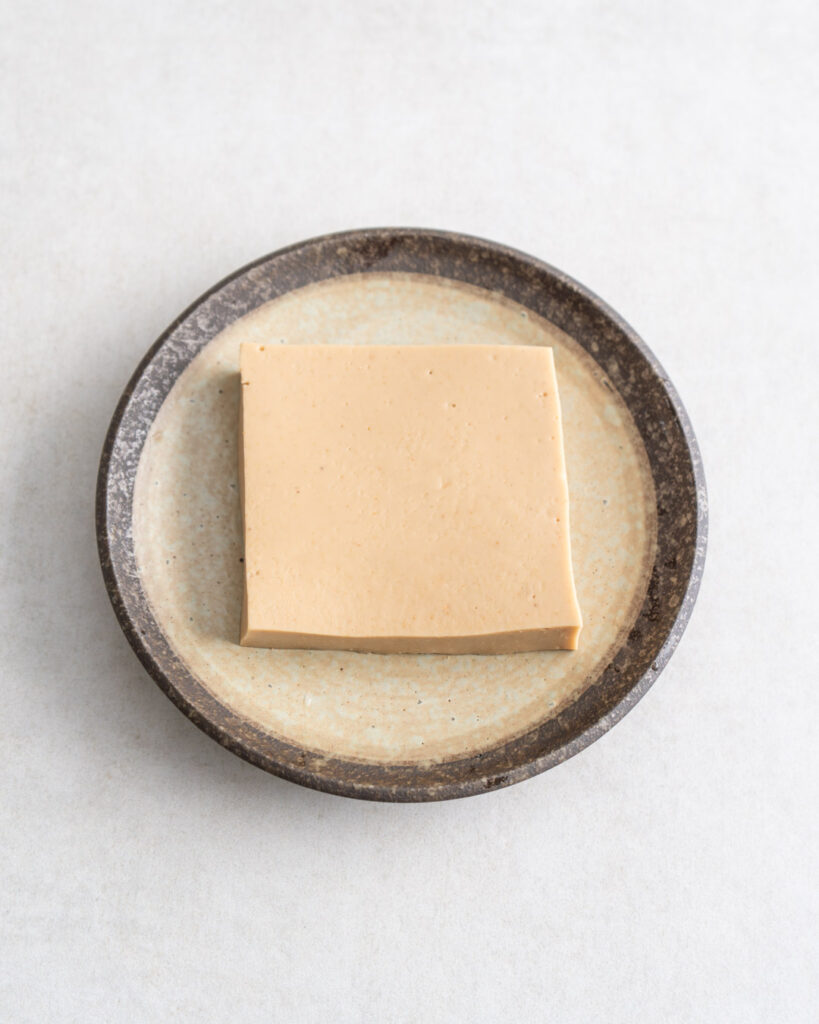
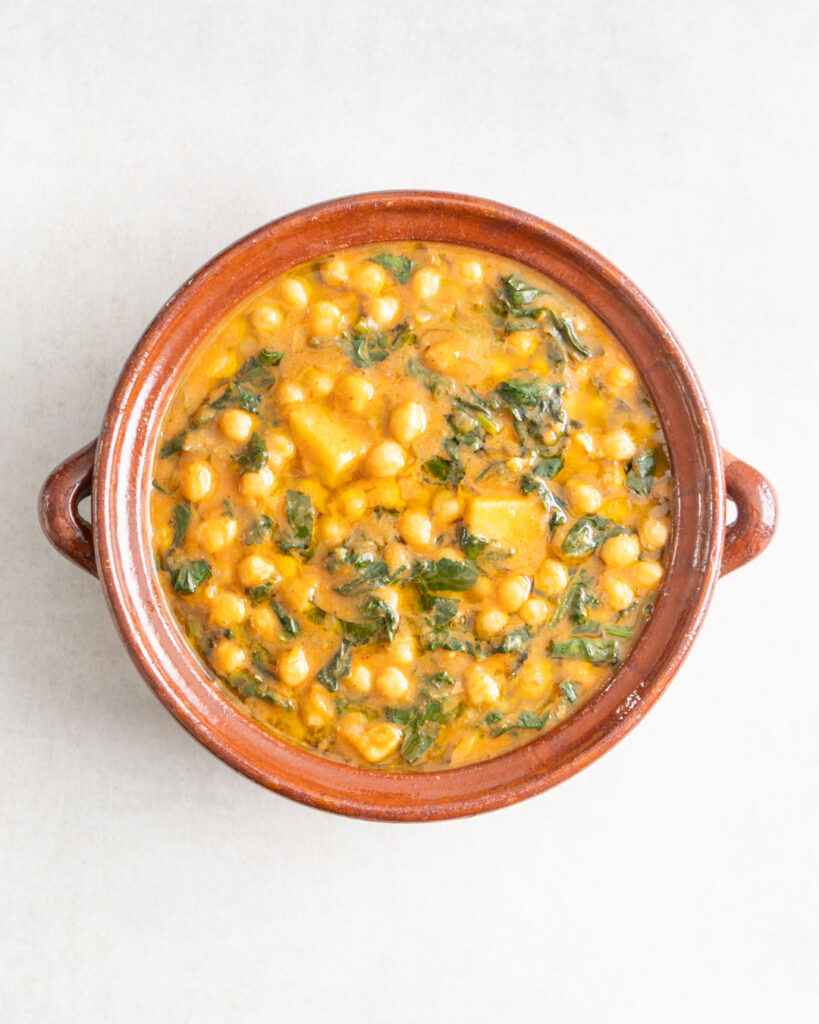

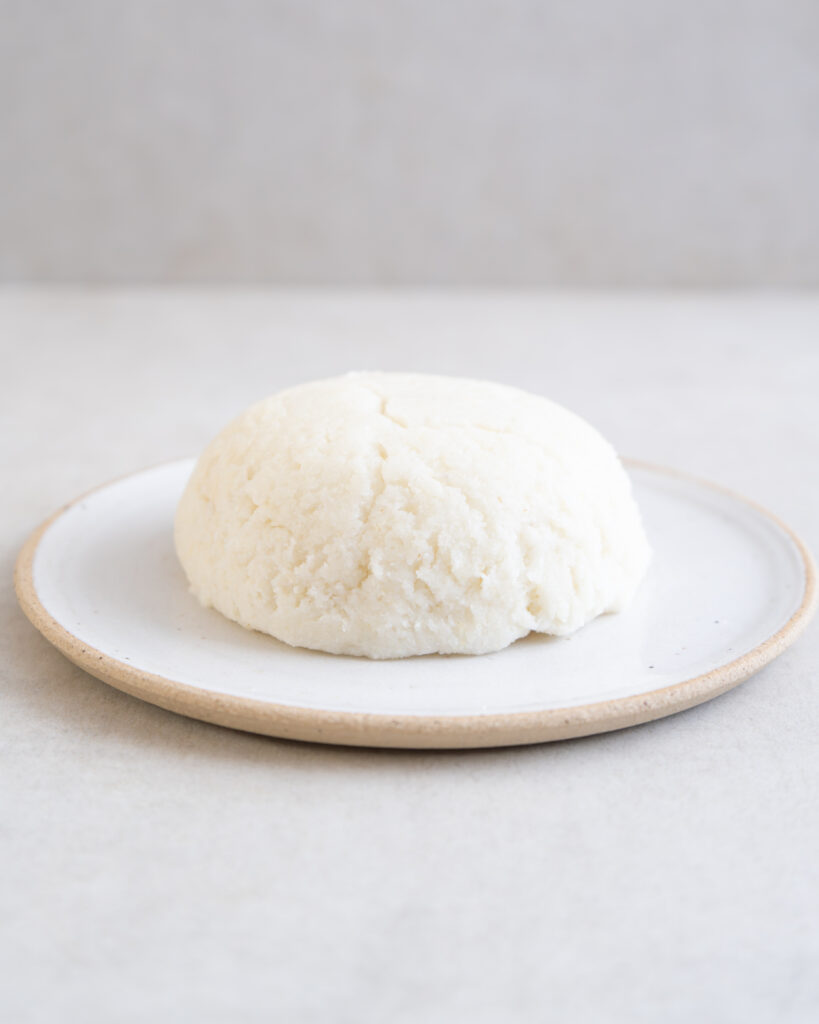

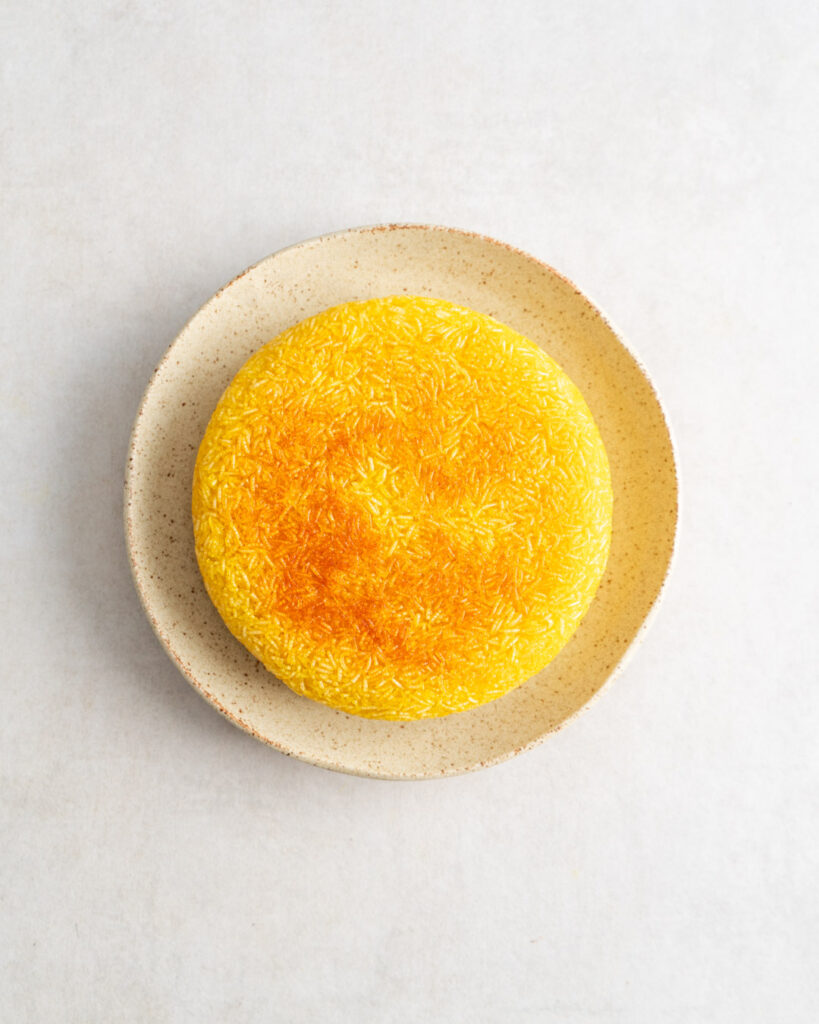



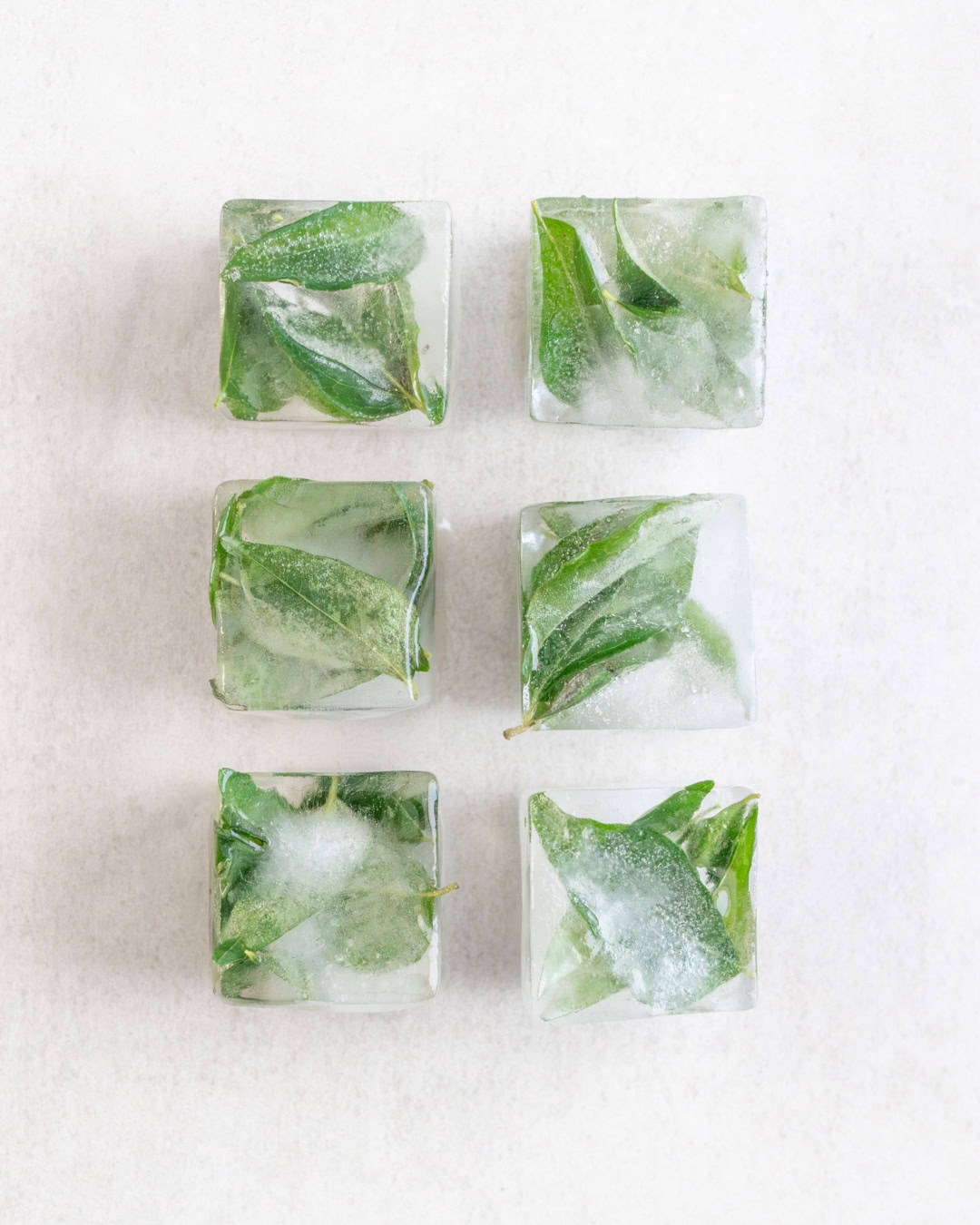








0 Comments